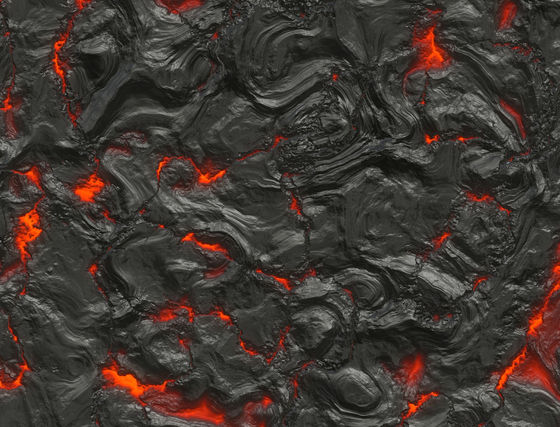Research results that a super huge 'slow seismic wave layer' exists underground in the northeast of Tahiti Island

By analyzing the seismic waves of 7,000 earthquakes that occurred from 1990 to 2018, Maryland said that there is a huge ``
Sequencing seismograms: A panoptic view of scattering in the core-mantle boundary region | Science
https://science.sciencemag.org/content/368/6496/1223
Seismic waves reveal giant structures deep beneath Earth's surface | New Scientist
https://www.newscientist.com/article/2245939-seismic-waves-reveal-giant-structures-deep-beneath-earths-surface/
The 'ultra-low velocity layer' is the ' Gutenberg discontinuity layer,' which is located at the boundary between the mantle and the nucleus, where the velocity of seismic waves is abnormally slow (maximum 30% reduction in velocity). The ultra-low velocity layer exists deep in the earth, so it is impossible to actually observe it. Although there is no clear conclusion as to 'why the propagation velocity of seismic waves slows down', it may be that post-perovskite, which has the property of weakening the propagation velocity of horizontal transverse waves, constitutes the ultra-low velocity layer. There is a theory that there is no such thing.

Among the earthquakes confirmed in the Pacific basin from 1990 to 2018, a study published by a research team led by geologist Doyeon Kim of the University of Maryland revealed that an earthquake of 7,000 or more at a depth of 6.5 or more than 200 km underground Analyzing the matter. From the seismic data, the research team focused on the S wave , which is a type of seismic wave that propagates along the Gutenberg discontinuity. A huge ultra-low velocity layer with a diameter of about 1000 km and a thickness of 25 km exists directly under the Marquesas Islands by simultaneously analyzing the remaining thousands of S waves after removing random noise from the data using a machine learning algorithm. I have identified that In addition, the research team notes that the previously known very low-velocity layer beneath the Hawaiian Islands is much larger than it was thought to be.
Studies of the mantle, including the super-low velocity layer, are important in understanding how the structure of the Earth has changed over the years. “ Convection in the Earth's mantle is convection, which causes hotspots and plate tectonics, ” emphasizes the importance of mantle research.
Related Posts:
in Science, Posted by darkhorse_log







